You hear it every year, especially as deer season approaches: Is .30-30 Winchester good for deer? After 130 years in business for the .30 WCF cartridge, the answer is still yes — and its limitations are nowhere near as debilitating as the naysayers might have you think.
Where Did the .30-30 Come from?
A lot of people call their rifle a thirty-thirty (or durty-thirty, and so on…) but the name is properly applied to the .30-30 cartridge, aka the .30-30 Winchester, aka the .30 WCF (Winchester Center Fire).
The .30 WCF cartridge debuted in 1895 as the chambering of choice for the Winchester 1894 lever-action rifle. It was one of the first sporting cartridges offered to consumers with then-new smokeless gunpowder. So, while it might have looked a lot less impressive than the big-bore rounds of its day, the .30-cal bullet came out of the barrel plenty hot — the first factory load shot a 160-grain bullet at a claimed 1800 FPS (feet per second).
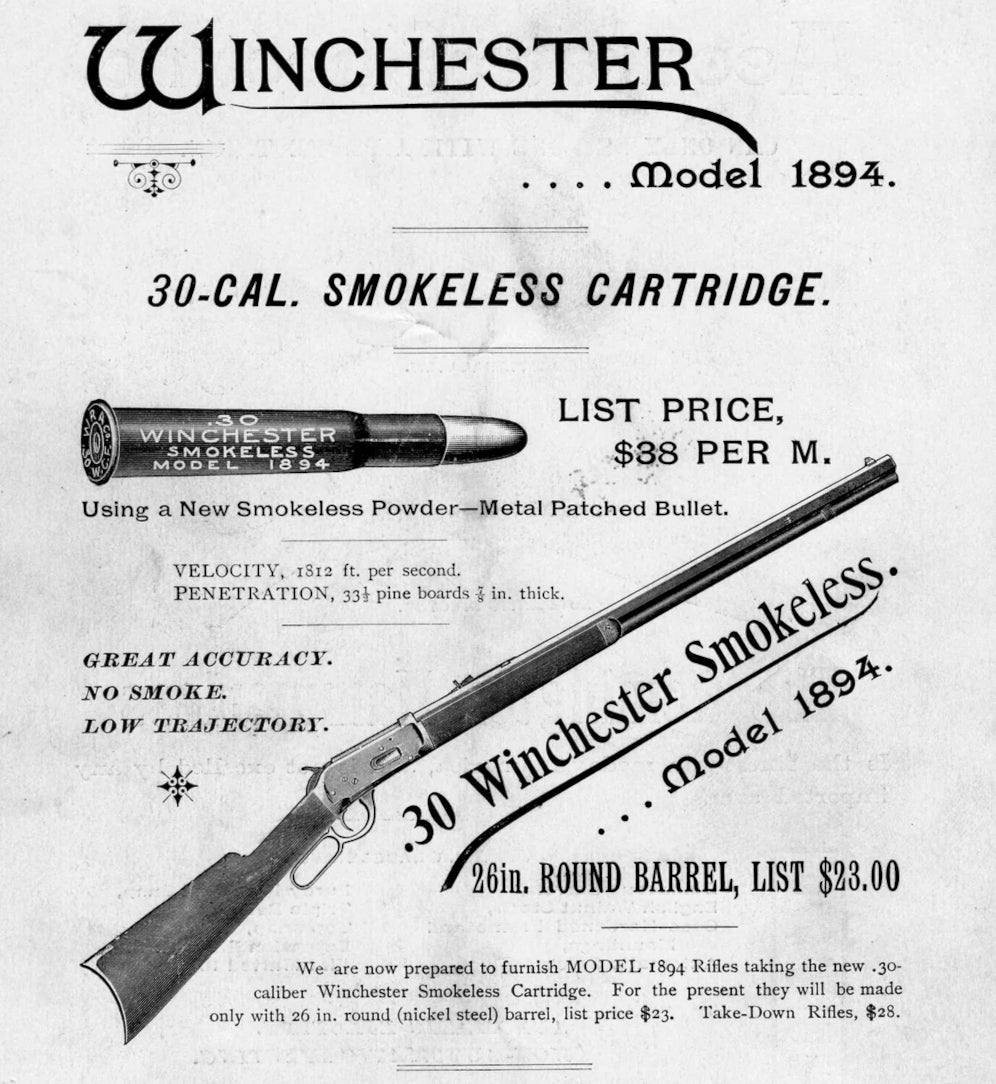
Not so scary by today’s magnum standards, and even the military rifles of the 1890s had more hitting power than Winchester’s new round, but it was a lot more powerful than the .44-40 and other cartridges popular in the “utility rifles” of those times, and other manufacturers besides Winchester were quick to see the advantage. Soon, Marlin and Savage had their lever-actions chambered in .30 WCF — but rather than advertise for their competitor, they called the cartridge “.30-30” (a .30-caliber bullet over 30 grains of smokeless powder) and the name stuck.
Ammo manufacturers as well as home reloaders quickly started tinkering with the new cartridge’s recipe. In the decades since the .30-30’s introduction, they basically never stopped. Only in the past five years, since COVID-19’s interruption of supply chains, have we seen an interruption in .30-30’s evolution. From different bullet shapes and weights to different powders, the sheer number of .30-30 rifles on the market meant there were millions of reasons to squeeze more performance from this seemingly humble cartridge. While AR platforms rule the sales floor today, rifles chambered in .30-30 were the top sellers across the U.S. for generations. Millions of those rifles are still in use in the deer woods today, and they’re still being made.
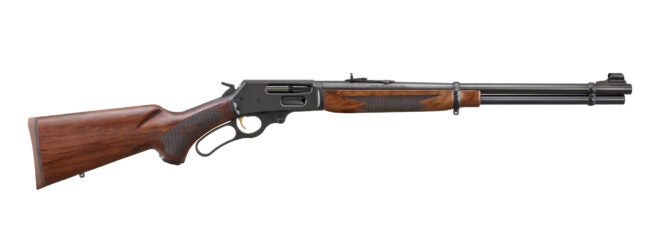
Why the .30-30 is Good for Deer Hunting?
Millions of people bought rifles in .30-30 because this cartridge has four characteristics that a lot of deer hunters are looking for.
First, it has more than enough power for deer hunting. Pair a standard 150-grain or 170-grain flat-nosed .30-30 round with a 20-inch lever-action carbine and you’ve got around 1,000 foot-pounds of energy well past 100 yards. Even in today’s world of high-velocity, super-cartridges with scopes that could see across an ocean, were it not for the curvature of the earth — 100 yards is a long way for the average shooter with open sights, which is how most .30-30 rifles were originally used. As long as you can see the deer well enough to make an accurate shot with open sights, the .30-30 has enough power to down it. Add in the capability of modern loadings like Hornady’s LEVERevolution ammunition or other higher-performance developments of the .30-30 cartridge, and you’ve got a round that performs far better than the loads your grandpa used in his old lever-action.
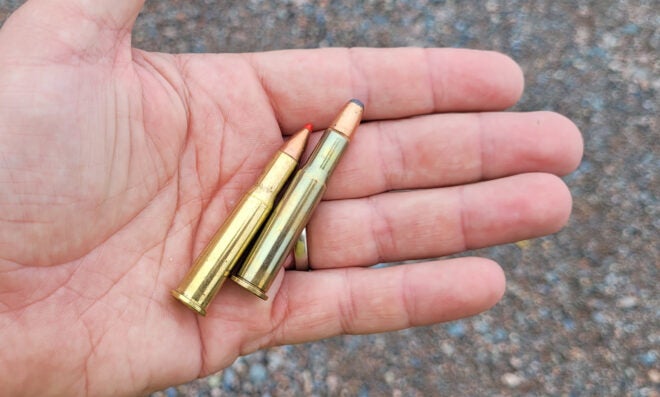
Second, the .30-30 doesn’t have a lot of recoil. Some rifle designs kick worse than others; the lightweight Winchester Model 1894, with its straight stock, will feel like it kicks more than one of the competitors’ heavier rifles with a pistol grip. But you can expect around 10.5 pounds of recoil from most .30-30 rifles, give or take a bit. That’s important to casual shooters, who aren’t blasting away at the range every weekend. This is a point that gun writers were making as far back as the 1930s, when comparing the deer rifles on the market, and nothing has changed since. The .30-30 is friendly on the shooter’s shoulder.
Third, .30-30 ammunition is affordable. Historically speaking, the .30-30 was generally the cheapest deer-hunting ammo you could buy, and it’s still generally cheaper to shoot a .30-30 than a .30-06.
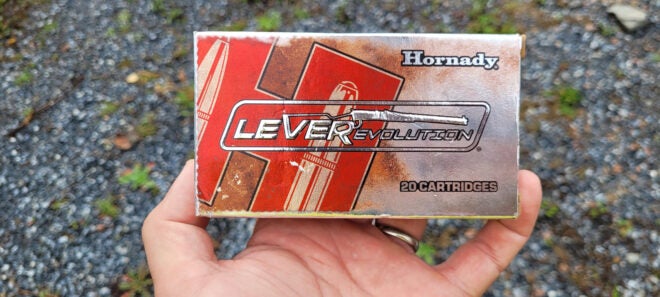
Fourth, rifles chambered in .30-30 are generally made for easy handling and quick shooting. Whether they’re the well-known lever guns or less-popular rifles like Savage’s pump-action Model 170 or bolt-action Model 340, most manufacturers built .30-30 rifles for woods hunting — easy to carry through the timber, quick to the shoulder. Most .30-30 rifles gave the shooter a quick follow-up shot if needed, and enough magazine capacity to solve any problem (which is why they were also very popular with police departments and prison guards in the years before semi-autos took over).
The .30-30’s Limitations
It all sounds good, right? The reality is, while the .30-30 is a great cartridge, it’s still relatively slow-traveling compared to most modern rounds. Unless you buy LEVERevolution rounds with their polymer tip, all other factory .30-30 loads come with flat-nosed bullets that make performance drop off rapidly at ranges past 150 yards. And while most vintage .30-30 rifle designs are quick-handling, few of those rifles have the same reputation for accuracy as a higher-performance rimless cartridge in a modern action.
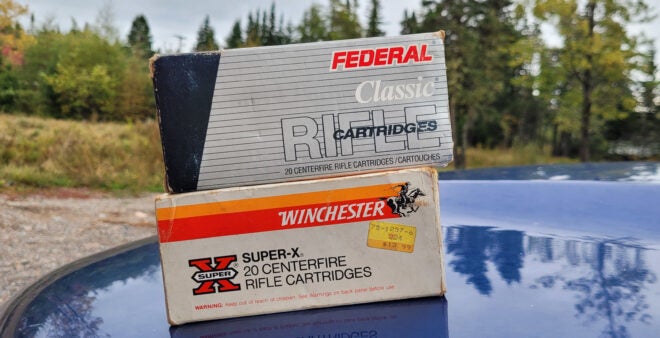
Ideal Hunting Conditions for the .30-30
With modern rifles and higher-performance cartridges, the .30-30 is a more logical choice for wide-open spaces, and most modern hunters would prefer to use a .30-30 when hunting at ranges under 150 yards (think forest hunting, not mountain hunting). The .30-30 is the perfect cartridge for walking through late-season hardwoods. If you load up with stout 170-grain bullets, a fast-shooting lever-action in .30-30 can also make a great gun for shooting hogs on the run, or other scenarios where you must fire at moving game, especially if you live in an area where you can’t hunt big game with a semi-auto (cough cough, Pennsylvania).
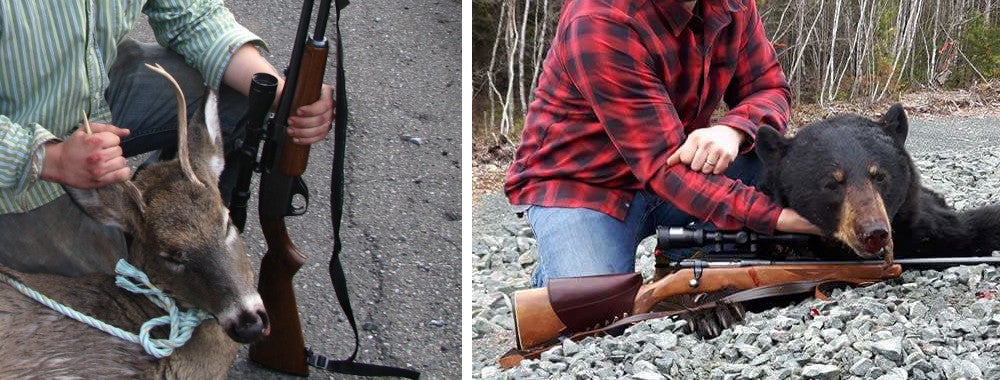
The .30-30’s Competition
The .35 Remington was the greatest competitor to the .30-30, historically, but since Marlin was sold to Ruger, we haven’t seen new-production guns in that round. The .35 Rem hits a bit harder, thanks to its heavier bullets, but it’s harder to find that ammo and the rounds are more expensive when you find them.
These days, with straight-wall cartridges making a comeback, we see a resurgence in interest in cowboy-style lever guns chambered in rounds like .454 Casull or .44 Magnum. Those big-bore cartridges will hit as hard as the .30-30 up close, when fired from a rifle, but the .30-30 will outpace them as the distance gets past 75 yards.
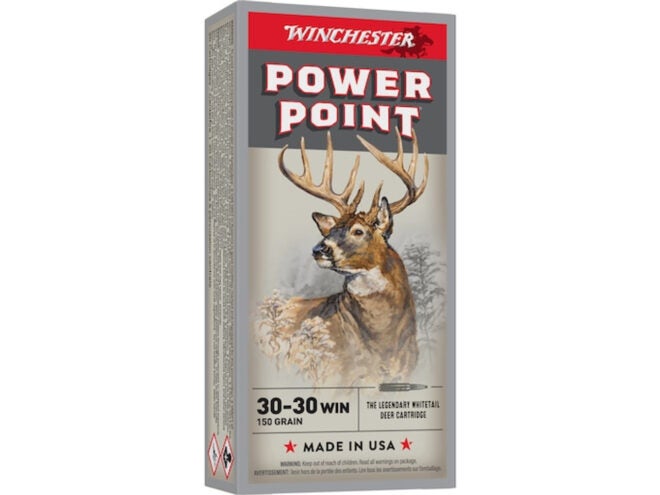
Shooters looking for a rifle that’s equally easy-to-shoot as the .30-30, and chambered in an equally user-friendly rifle, could consider a lever-action Browning BLR or Henry Long Ranger in .243 Win. If they’re looking for a round that’s roughly similar to the .30-30’s ballistics and still affordable to shoot, they could consider something like a Ruger Mini-30 in 7.62x39mm.
The greatest competition to the .30-30 isn’t a deer cartridge at all — or at least, most people wouldn’t consider it such. Considering the millions of rifles sold in .223 Rem over the past decades, it is no wonder that the .223 Rem is starting to see the same evolution as the .30-30 did, with manufacturers building better and better hunting rounds for the small-bore round. Going forward, the biggest competition to the .30-30 might be a semi-auto .223 Rem stuffed with 62-grain Federal Fusion, or a similar load.
Should you take a .30-30 Deer Hunting, then?
The answer is: yes. If you own a rifle in .30-30, go get your deer — just make sure you know your rifle’s limitations (and the limitations of your own marksmanship) before heading afield. The .30-30 has been knocking down deer for well over a century; it will continue to do its job as long as the shooter does theirs.
The post Is .30-30 Win Good For Deer Hunting? appeared first on AllOutdoor.com.


